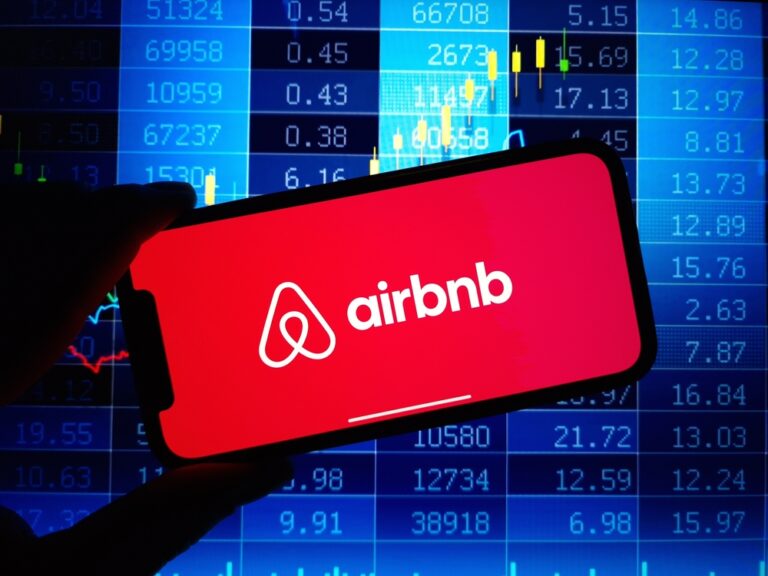A LATAM Cargo Brasil, unidade de cargas do Grupo LATAM Airlines, anuncia um importante reforço em sua operação doméstica para o período de maior demanda do varejo, impulsionado pela Black Friday e pelo Natal. A companhia ampliou, em novembro, sua operação doméstica em mais de 2,4 mil frequências na comparação com o mesmo período de 2024. O avanço representa um crescimento de 12,3% na capacidade de transporte, o que equivale a aproximadamente 3,8 milhões de quilos adicionais.
A expansão envolve a criação de novas rotas, aumento de frequências, reforço de equipes e crescimento da frota dedicada a entregas domiciliares, consolidando a LATAM Cargo como um dos principais operadores logísticos do e-commerce brasileiro.
“Estamos preparados para garantir o transporte ágil e seguro das encomendas neste período de maior movimento do varejo. A ampliação da nossa malha doméstica, o investimento em tecnologia e o fortalecimento do serviço de entrega domiciliar demonstram o compromisso da LATAM Cargo em oferecer soluções cada vez mais eficientes e integradas para nossos clientes e para o e-commerce nacional”, afirma Otávio Meneguette, diretor da LATAM Cargo Brasil.
NOVAS ROTAS E MAIS CONECTIVIDADE NACIONAL
A integração entre as operações de passageiros e carga é um dos principais pilares da eficiência logística da LATAM. Com o reforço da malha doméstica, tanto por meio de novas rotas quanto pelo aumento de frequências, a companhia está preparada para atender a alta sazonal do varejo e do comércio eletrônico, mantendo sua liderança operacional e confiabilidade logística.
Novas rotas:
- São Paulo/Guarulhos–Boa Vista: 2 voos semanais
- São Paulo/Guarulhos-Ribeirão Preto: 4 voos semanais
- Brasília-Foz do Iguaçu: 4 voos semanais
- São Paulo/Congonhas– Natal: 7 voos semanais
- São Paulo/Congonhas– São Luís: 4 voos semanais
- Rio de Janeiro/Galeão–Belém: 2 voos semanais
- Rio de Janeiro/Galeão–Curitiba: 6 voos semanais
Aumento de frequências em rotas existentes:
- São Paulo/Guarulhos–Teresina: +5 voos semanais
- São Paulo/Guarulhos–Natal: +5 voos semanais
- Brasília–Natal: +3 voos semanais
- Brasília–Rio de Janeiro/Santos Dumont: +10 voos semanais
- São Paulo/Congonhas–Recife: +11 voos semanais
- Fortaleza–Belém: +4 voos semanais
- Rio de Janeiro/Santos Dumont–Brasília: +8 voos semanais
MAIS CAPACIDADE, AGILIDADE E EQUIPES REFORÇADAS
Para sustentar o aumento da oferta, a LATAM Cargo reforçou suas equipes com mais de 100 novos profissionais, além de contar com apoio de equipes terceirizadas e realocações regionais.
A companhia também ampliou sua frota dedicada ao serviço de entrega domiciliar, com 25% de crescimento em sua frota e mais de 70 novas cidades brasileiras atendidas – que juntas somam 9 milhões de habitantes.
Essas iniciativas fortalecem o compromisso da LATAM Cargo com a agilidade e a qualidade das entregas, especialmente no período de pico do varejo eletrônico.
INVESTIMENTO EM TECNOLOGIA IMPULSIONA AVANÇO DO E-COMMERCE NO BRASIL
Reforçando sua posição como parceira logística do varejo digital, a LATAM Cargo instalou recentemente um sistema automatizado de sorterização (classificador de volumes) em seu principal hub, no Aeroporto Internacional de Guarulhos.
O equipamento – o primeiro de toda a holding LATAM – é capaz de processar até 72 mil pacotes por dia, com leitura automática de códigos, medição a laser e integração total aos sistemas operacionais da companhia.
O investimento integra um plano de R$ 10 milhões aplicados nos últimos três anos para ampliar e modernizar as operações de carga doméstica da companhia em Guarulhos – o principal hub logístico da LATAM no Brasil.
Entre as iniciativas neste período, destacam-se:
- Ampliação de 50% da capacidade de seu hub em Guarulhos, que agora conta com mais de 2,9 mil m² dedicados ao e-commerce;
- Novo portfólio doméstico, incluindo o serviço éFácil, voltado a entregas rápidas de pequenos pacotes em milhares de cidades;
- Parceria estratégica com a Amazon, atendendo 19 estados das regiões Norte, Nordeste, Sul, Centro-Oeste e o Distrito Federal;
- Expansão da malha e integração entre aviões cargueiros e de passageiros.
Como resultado, 70% das encomendas originadas nos aeroportos de Congonhas e Guarulhos chegaram aos clientes finais em até 48 horas no primeiro semestre de 2025 — mais que o dobro do desempenho de 2024.
O avanço operacional também se reflete na satisfação dos clientes: o índice NPS (Net Promoter Score) da LATAM Cargo cresceu 25 pontos percentuais no primeiro semestre de 2025, impulsionado por melhorias em atendimento, rastreamento e cumprimento de prazos.
LIDERANÇA CONSOLIDADA NO BRASIL E NO EXTERIOR
Desde abril de 2025, a LATAM Cargo é líder no transporte de cargas domésticas embarcadas em voos de passageiros no Brasil. Segundo dados da Agência Nacional de Aviação Civil (ANAC) para setembro de 2025, a companhia responde por 39% de participação de mercado*.
Sua malha logística nacional cobre 51 bases operacionais, incluindo rotas com aeronaves cargueiras como Guarulhos–Manaus e Viracopos–Manaus.
No mercado internacional, a LATAM Cargo também é líder, conectando o Brasil a 23 destinos no exterior com voos cargueiros e de passageiros. Entre as rotas inauguradas recentemente estão Miami–São José dos Campos, Miami–Brasília, Amsterdam–Curitiba, Europa–Florianópolis, Bruxelas–São José dos Campos e Viracopos–Recife–Bruxelas.
RECONHECIMENTO INTERNACIONAL
O LATAM Cargo Group foi eleito “Companhia Aérea de Carga do Ano de 2025” pela revista Air Cargo News, tornando-se o único vencedor da América do Sul na premiação. O reconhecimento reforça a liderança global do grupo, impulsionada por investimentos em frota — que atingiu 20 cargueiros Boeing 767, representando aumento de 70% na capacidade desde 2019 —, modernização de hubs estratégicos e fortalecimento das conexões entre América do Sul, América do Norte e Europa.
*Não inclui transporte aéreo realizado exclusivamente por aeronaves cargueiras.











